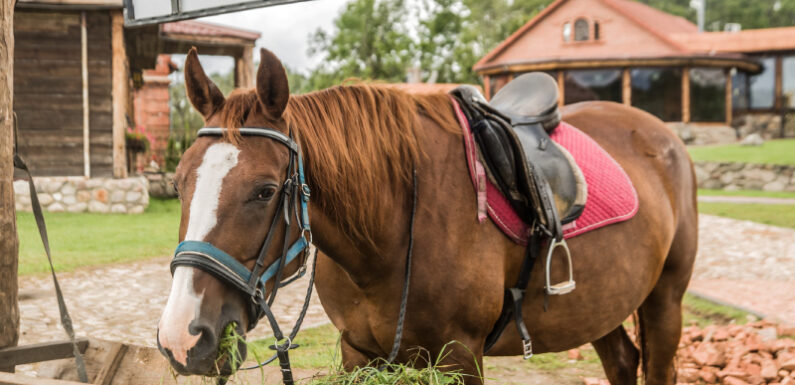
How to take care of and feed your race horses?
There are several kinds of race horses such as Trottingbred ponies, Paints, Appaloosas, Arabians, Quarter Horses, Standardbreds, and Thoroughbreds. These horses represent the fittest, hardest working, and most stressed set in the equine population. Moreover, they work under an exclusive handicap- who are always requested to perform the best though their bodies remain growing and immature. It is a challenging move when you view from the feeding point.
How to offer a lot of energy for your horse for performance without taking a chance with developmental joint and bone issues. Broodmares require a large portion of high-quality minerals and proteins to develop a big healthy foal at the time of gestation and to yield gallons of nutritiously rich milk regularly through lactation. In the same way, young horses require such minerals and proteins to build bulky muscles as well as a bone in their first year. Racehorses should be exceptional in performance and for this, it needs a lot of energy. Though racehorses require other kinds of nutritional requirements, their daily formulation mostly begins and concludes with energy foods.
When the horse was in the wild, it would have grazed poor quality grasslands. Their energy needs were low during that time. Their digestive system changed to use that kind of diet. But today, the race horses have sufficient energy needs that cannot be satisfied by forage alone. In this blog, let us discuss the racehorse’s energy resources and ways to minimize issues associated with feeding.
Know about the diet energy considerations for race horse
Dietary energy is mostly mentioned in the form of mega calories digestible energy. DE or digestible energy means the level of energy that is engrossed by the horse. The DE requirements are calculated according to the maintenance DE requirement of the horse as well as the extra energy expended while exercising. The dietary requirement of the race is double the idle adult horse. An adult idle horse needs 16 to 17 Mcal of dietary energy per day.
Fiber: It is one of the important energy sources that is focused on horse nutrition. It is well-known horses have a developed hindgut where it contains billions of protozoa and bacteria that has the capacity of fermenting large amounts of fiber. Fiber fermentation’s end product can be utilized as energy sources all over the day as fermentation continues after the meal has been consumed.
As good gut function is important for the wellbeing and health of the horse, it is important to consider fiber-rich foliage as the main source of the racehorse feeding program. It should be given clean grass hay like oaten or timothy hay of about 7 to 8 kg or 15 to 20 lb per day. It can also be offered alfalfa hay in small quantities like 0.9 to 1.8 kg or 2 to 4 lb per day. The hay intake’s level will cater to the maintenance DE needs of the race horse and assists in safeguarding against colic and gastric ulcers.
Importance of starch and fat in the diet of the race horses
It is not recommended to feed only hay for the racehorses. It should be offered other energy resources. These additional calories will aid in fueling the racehorse and it is best to supply it with straight cereal grains like barley, corn, and oats. Starch is the main fuel resource in cereal grains. It is the main energy source of option for glycogen synthesis as starch digestion ends in a direct increase in insulin and blood glucose. These two are important factors in glycogen synthesis.
It is recommended to give up to a limit. When you are feeding large grain meals, a part of starch would skip digestion and quickly ferment in the colon and cecum. pH changes in the hindgut because of alteration in the acid profiles and microbial populations end up in the hindgut acidosis. It means racehorses that experience hindgut acidosis would develop colic, anorexia, or showcase stereotypical behaviors like weaving and wood chewing.
Fat is an excellent energy resource for racehorses. It offers a high amount of calories in a concentrated manner. Horses do not eat a large portion of fat. But it can digest fat easily, especially vegetable fats.





